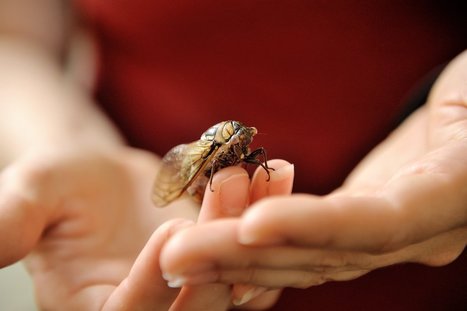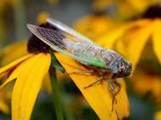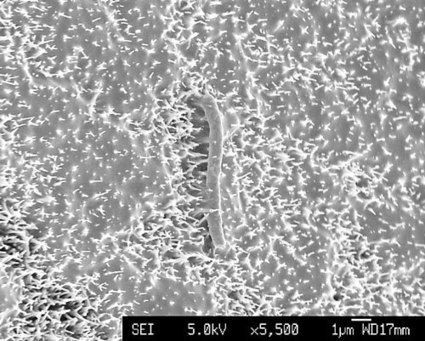"Researchers are looking to insects – specifically cicadas – for insight into the design of artificial surfaces with de-icing, self-cleaning and anti-fogging abilities. Their wings allow cicadas to fly, of course, but they also are good at repelling water – a condition that humans can appreciate, too."
Research and publish the best content.
Get Started for FREE
Sign up with Facebook Sign up with X
I don't have a Facebook or a X account
Already have an account: Login
 Your new post is loading... Your new post is loading...
 Your new post is loading... Your new post is loading...
|
|












